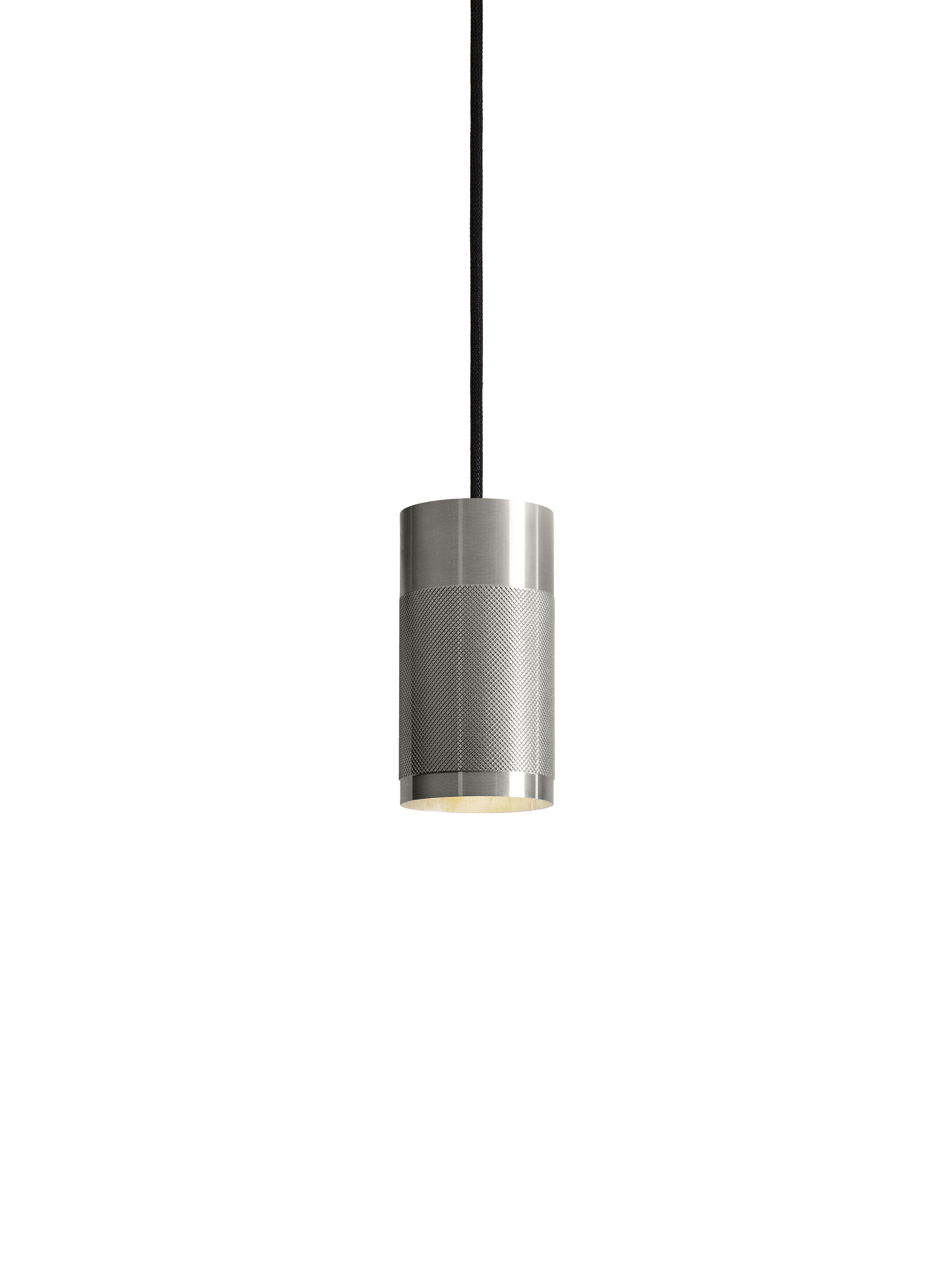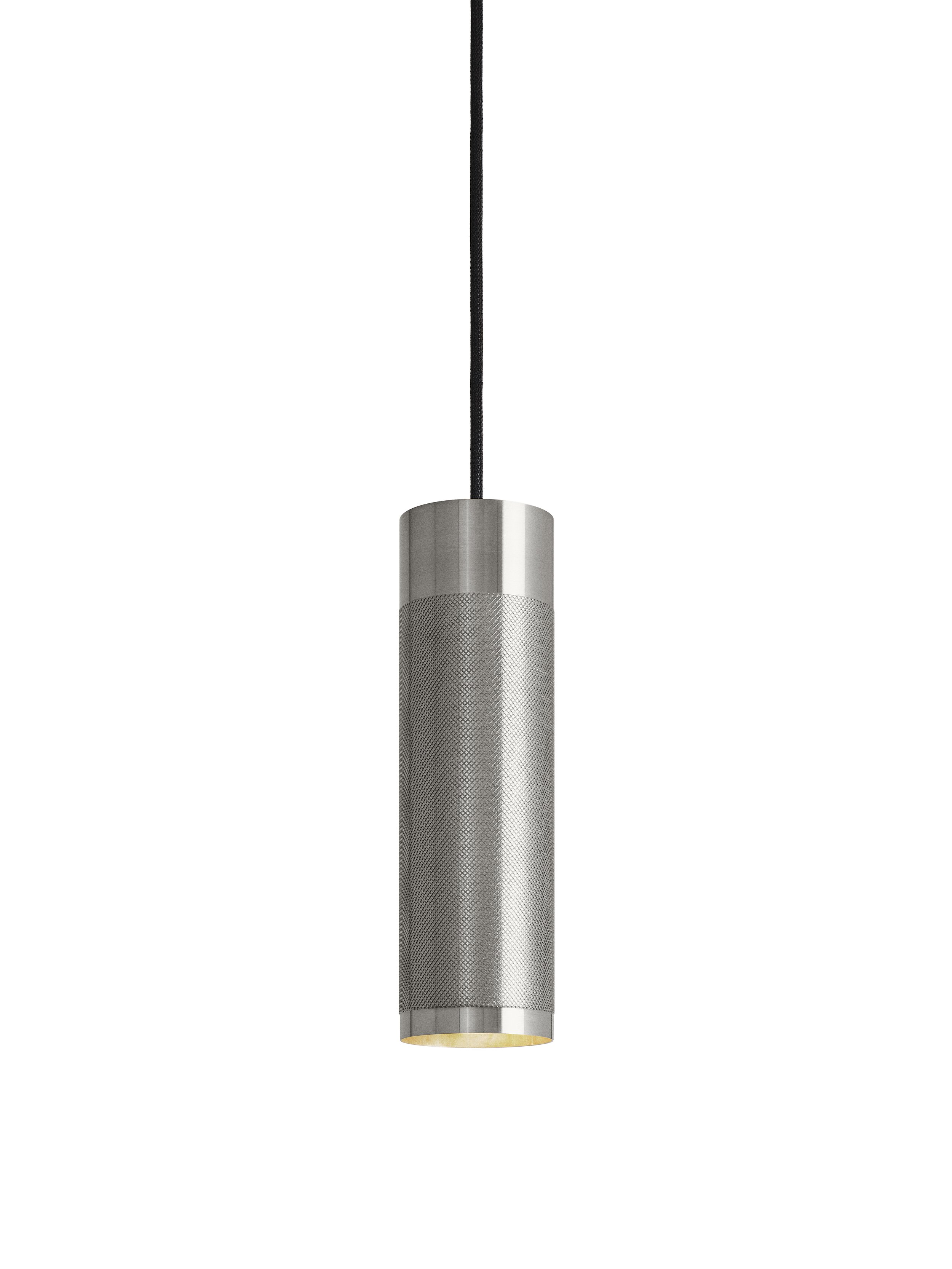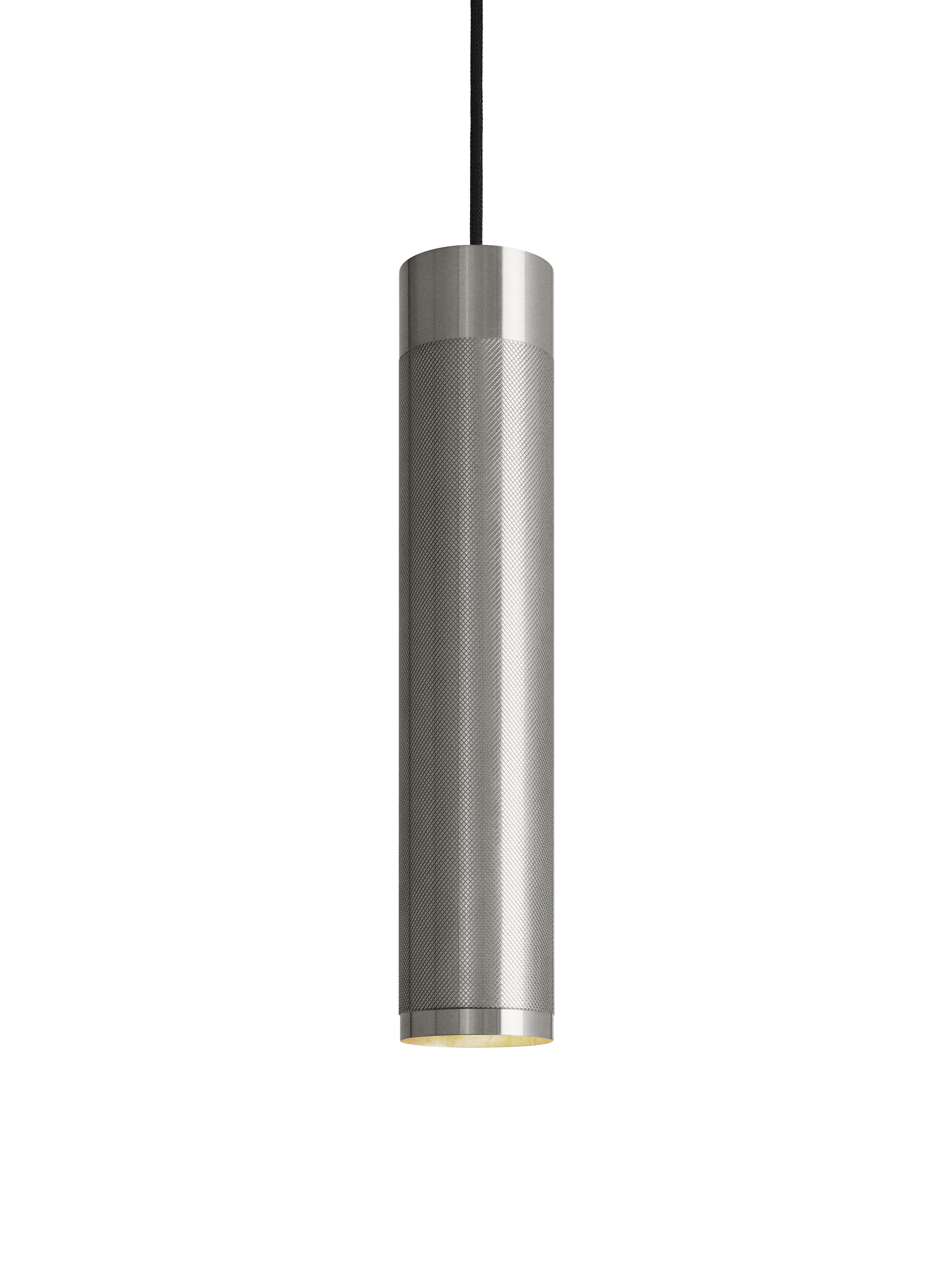Malene Lytken on the Meaning of Light
Design historian, Ph.D. Malene Lytken discusses the significance of light - not only for lamp design, but in terms of physical and psychological well-being of people.
The starting point for Danish lamp design has always been the Nordic region’s soft twilight, and the long sunrises and sunsets.
Light is special in Denmark. We have many twilight hours – long sunrises and sunsets, because the sun is never particularly high in the sky. Especially not in winter, and even on Midsummer's Day, the sun is not higher than about 57 degrees above the horizon at noon.
Near the equator, the transition from light to total darkness takes only an hour. In the summer time, it lasts all night for us in the north. The lower the sun is in the sky, the more atmosphere the light has to travel through, making the light more scattered, resulting in those reddish and warm colours we all know from Danish sunrises and sunsets. Our daylight is soft, graded, and indirect 80 percent of the time.
There is no life without light. Nothing can grow without light. That's why spring is something very special for us Danes, because the light returns. When sunlight flows in through the window and hits the floor or the wall, something magical happens.
All indoor lighting is a simulation of daylight, and in Denmark, we thrive on atmospheric interplay between light and shadow. We create islands or tableaus of light in the darkness. We want to have more light points in a room to create variation in the space and make it more inviting.
It's like a well-composed piece of music; here, too, it's the pauses that make it work. In southern countries, they often use one large lamp, placed in the middle of the room, high up in the ceiling, shining brightly, just like the strong sun has done all day.
Around the equator, there are no changing seasons, so there is no adjustment of indoor light in relation to outdoor light, other than on a daily basis when they simulate the sun as it sets. In the North, we adapt to the seasonal fluctuations, which are almost as significant as the daily fluctuations.
We only need to go back about 130 years before we didn't have electric light in Denmark. In all those preceding years, the light came from flames. The designer Poul Henningsen was 13 years old when electric light was first turned on in his childhood home. His mother hated the light because it was too strong and far too revealing, and she thought it made her look ugly.
After all, one looks beautiful in the soft, warm glow of a flame. To please his mother, Henningsen began drawing lamps that could create a beautiful light in which one would feel comfortable. Inspired by the glow from the oil lamps and candles he had grown up with, he worked on reflecting the light into the room through shades. He wanted to avoid the too abrupt transition between light and darkness so that the pupils wouldn't be shocked by the light. The brightly glowing filament in the bulb had to be hidden, and its light made warmer and more golden – sunrises are, by the way, very golden.
Henningsen set the bar extremely high for Danish lamp design. During this period (1920), a very analytical approach was taken in the design process, and the very best designs were created from human needs. The functionalist’s philosophy was when a task is solved correctly, the design becomes beautiful in itself. And people had to learn to see the beauty in simplicity; furniture without a lot of ornamentation, or a simple lamp instead of the large chandeliers, which fashion dictated at the time.
In lamp design, it was not about providing a lot of light, but comfortable light. Henningsen talked about making the evening a time for rest. And I really think that Danish designers are good at creating families of lamps that can be used in different ways in the home. A table lamp here, a floor lamp there, and a spotlight on the wall that can be adjusted.
Spotlighting really took off when consumer society boomed, and there was a need to illuminate and stage the goods, just as one knew from the theatre. We've brought that into our homes, where we like to set the areas and furniture and objects we cherish up as a scene. With concentrated lighting, a play between light and shadow is created. Something Verner Panton was particularly good at. PH once emphasised that Panton had a special instinct for lighting in a room. He had a sense of darkness, which according to PH, was one of the most precious feelings that many modern people have unfortunately lost.
Today, our homes serve more functions than before. We work more and more from home, so our homes have also become our offices. Therefore, the lamps now need to cover all the lighting needs we have throughout the day. From when we get up in the morning and turn on a dim light, maybe even a candle, to wake up slowly and calmly. During the day, we need a lot of light – an imitation of broad daylight – we become more efficient with bright light. Until the evening, when we need to relax, lower our heart rate, and prepare the body and brain for sleep. It's not comfortable for us to go directly from bright light to darkness; we need to go through a stage of subdued, warm, and reddish light – just like a sunset – to make the evening a time for rest.
In a restaurant kitchen, there is bright, sharp light so the chefs can see everything they're doing and not cut themselves; It's a workshop. On the other hand, we prefer warm and subdued light, but there should be some light on the food so we can see the colors of the meal – the wrong colored light doesn't make the food as appetizing.
Good lamp design meets a need, it is tailored to a given situation and function. It can, for example, be a good idea with wall lamps that you can adjust or change the direction of light. The best light comes from many sources, which you can turn on according to your needs and mood. The more, the better, I think. As long as you don't turn on all of them at once, so you still maintain the spaces – and achieve the exciting interplay between light and shadows.
The right light is based on many of the age-old advice. We need light that shines down on what we need to see, but the light may also reflect on a lampshade or shine through a screen, so that some indirect light also enters the room. When there is contrast levelling between light and dark, it is most comfortable for us. Designers must therefore be attentive to let some light penetrate their fixtures – it creates a pleasant contrast leveling between a luminous lamp and the dark room around it.
It's really interesting how much healthier we become by being in the right light. The best thing is to go out in the morning and get some natural light, which creates the happiness hormone, serotonin, and makes us happier. The stress hormone, cortisol, is stimulated by light, especially bluish light, and helps keep us awake. We also need to produce the dark substance melatonin, which is produced in the brain in connection with a lack of light, to be able to fall asleep in the evening. It all means a lot to our immune system and whether we feel happy. It's a serious subject to address as a designer.
Currently, there is a lot of research into how much the circadian rhythm affects our mental well-being. There have been experiments with the lighting on a maternity ward, where it has resulted in 44 percent fewer spontaneous caesarean sections when the light was adjusted to the natural circadian rhythm. I think that's pretty amazing. Light means so much to us! Just like colours do. Our entire body reacts when we step into a room with a color we like, or don't like for that matter. Verner Panton said that you sit better on a chair in a colour you like. Colours can ground you or get you going. They can seduce or deter you. And you don't understand the colours without light. The light hits the surface, and reflects the color back to us. We also love fireworks – it's colors and light in a dark sky.
Malene Lytken is a trained designer from the art academy ENSBA in Lyon, with a Master’s degree in art and design history from the University of Copenhagen, and Ph.D. from the Royal Academy / Academy of Fine Arts' Design School. Lytken is the author of 'Danske lamper - 1920 til nu' and contributor to 'Dansk Designhistorie', which has just been published. She is also a guide at the Design Museum Denmark and lecturer.
As told to Ditlev
Light study captured by Jakob Storm















